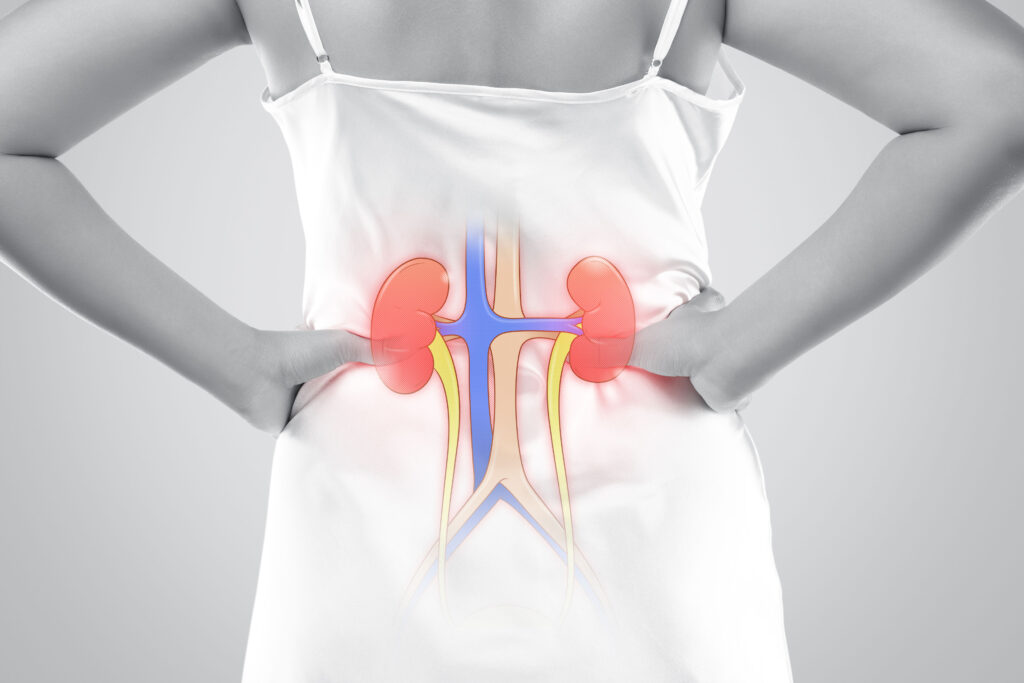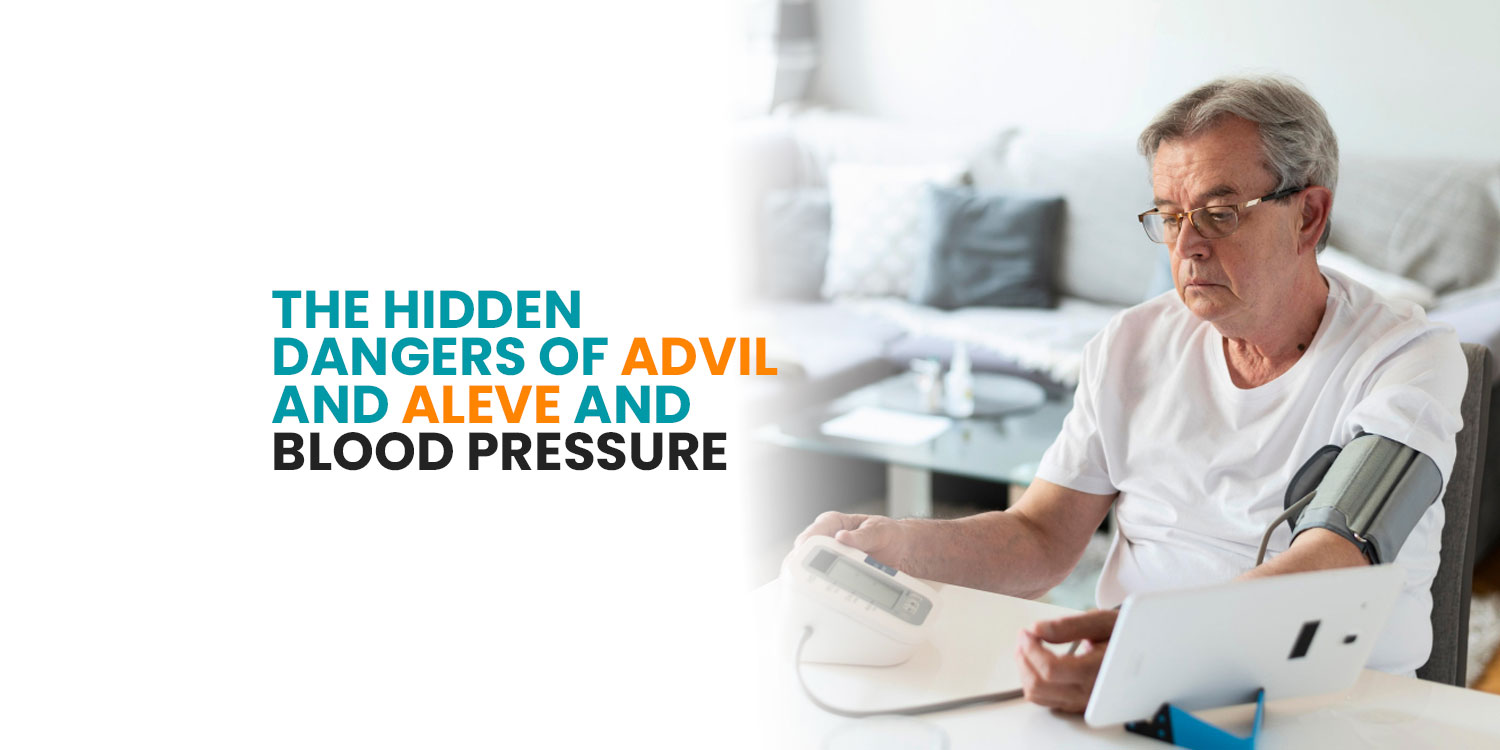The Hidden Risks of Advil, Aleve, and Other Anti-Inflammatories for People with High Blood Pressure
When dealing with pain, inflammation, or fever, over-the-counter (OTC) medications like Advil (ibuprofen) and Aleve (naproxen) are often the go-to choices. These drugs belong to a class of medications called nonsteroidal anti-inflammatory drugs (NSAIDs). While NSAIDs can provide effective relief, they also come with serious risks—particularly for individuals with high blood pressure (hypertension).
How NSAIDs Affect Blood Pressure
NSAIDs work by blocking enzymes known as cyclooxygenase-1 (COX-1) and cyclooxygenase-2 (COX-2), which are involved in the production of prostaglandins—chemical messengers that promote inflammation, pain, and fever (Mayo Clinic, 2022). However, prostaglandins also play a crucial role in maintaining adequate blood flow to the kidneys. When NSAIDs inhibit prostaglandin synthesis, the kidneys may retain sodium and fluids, which can lead to increased blood pressure (Whelton, 1999).

The Dangers of NSAIDs for People with Hypertension
For individuals with high blood pressure, the effects of NSAIDs can be particularly concerning. Here are some of the potential dangers:
Increased Blood Pressure: NSAIDs may impair the kidneys’ ability to regulate sodium and fluid balance, which can raise blood pressure. For those on antihypertensive medication, NSAIDs may blunt the effects of these drugs, making blood pressure more difficult to control (Whelton, 1999; Zhang et al., 2017).

Higher Risk of Heart Attack and Stroke: Long-term or high-dose NSAID use has been linked to an increased risk of cardiovascular events, such as heart attack and stroke, especially in individuals with existing hypertension or heart disease (McGettigan & Henry, 2013).

Kidney Damage: Chronic use of NSAIDs can lead to reduced kidney function and potentially chronic kidney disease (CKD), which further complicates blood pressure management (Gooch et al., 2007).

Fluid Retention and Swelling: NSAIDs can cause fluid buildup, leading to swelling (edema) in the legs, ankles, and hands. This can strain the heart and worsen conditions like high blood pressure and heart failure (Messerli et al., 2011).

Safer Alternatives for Pain Relief
If you have high blood pressure and require pain management, consider the following safer options:
- Acetaminophen (Tylenol): Generally regarded as safer for people with hypertension, as it does not significantly affect kidney function or blood pressure (Mayo Clinic, 2022).
- Lifestyle Changes: Engaging in regular physical activity, staying hydrated, stretching, and maintaining a balanced diet can help alleviate pain naturally.
- Topical Pain Relievers: Products containing menthol, capsaicin, or diclofenac (such as Voltaren gel) may provide localized relief without significant systemic side effects (Derry et al., 2017).
- Consult Your Doctor: For persistent or severe pain, consult a healthcare professional to discuss safer prescription options tailored to your health needs.

Final Thoughts
While NSAIDs like Advil and Aleve can be effective for short-term pain relief, they come with notable risks for individuals with high blood pressure. If you have hypertension, it is essential to use NSAIDs cautiously and explore alternative treatments whenever possible. Always consult your healthcare provider before starting or continuing any medication to avoid unwanted complications.
By making informed decisions, you can manage both your pain and blood pressure more effectively and reduce the likelihood of serious health issues over time.
References
Derry, S., Wiffen, P. J., Kalso, E. A., Bell, R. F., Aldington, D., Phillips, T., & Moore, R. A. (2017). Topical NSAIDs for acute musculoskeletal pain in adults. Cochrane Database of Systematic Reviews, (6). https://doi.org/10.1002/14651858.CD007402.pub4
Gooch, K., Culleton, B. F., Manns, B. J., Zhang, J., Alfonso, H., Tonelli, M., & Hemmelgarn, B. R. (2007). NSAID use and progression of chronic kidney disease. American Journal of Medicine, 120(3), 280.e1–280.e7. https://doi.org/10.1016/j.amjmed.2006.06.031
Mayo Clinic. (2022). NSAIDs: How to use them safely. Retrieved from https://www.mayoclinic.org
McGettigan, P., & Henry, D. (2013). Use of non-steroidal anti-inflammatory drugs that elevate cardiovascular risk: An examination of sales and essential medicines lists in low-, middle-, and high-income countries. PLoS Medicine, 10(2), e1001388. https://doi.org/10.1371/journal.pmed.1001388
Messerli, F. H., Bangalore, S., & Makani, H. (2011). Antihypertensive efficacy of nonsteroidal anti-inflammatory drugs and risk of stroke. Hypertension, 57(4), 633–639. https://doi.org/10.1161/HYPERTENSIONAHA.110.161299
Whelton, A. (1999). Nephrotoxicity of nonsteroidal anti-inflammatory drugs: Physiologic foundations and clinical implications. The American Journal of Medicine, 106(5), 13S–24S. https://doi.org/10.1016/S0002-9343(99)00170-1
Zhang, X., Donnan, P. T., Bell, S., Guthrie, B., & McGurnaghan, S. J. (2017). Association of NSAID use with risk of death and recurrent myocardial infarction in patients with history of MI. BMJ, 357, j1552. https://doi.org/10.1136/bmj.j1552




